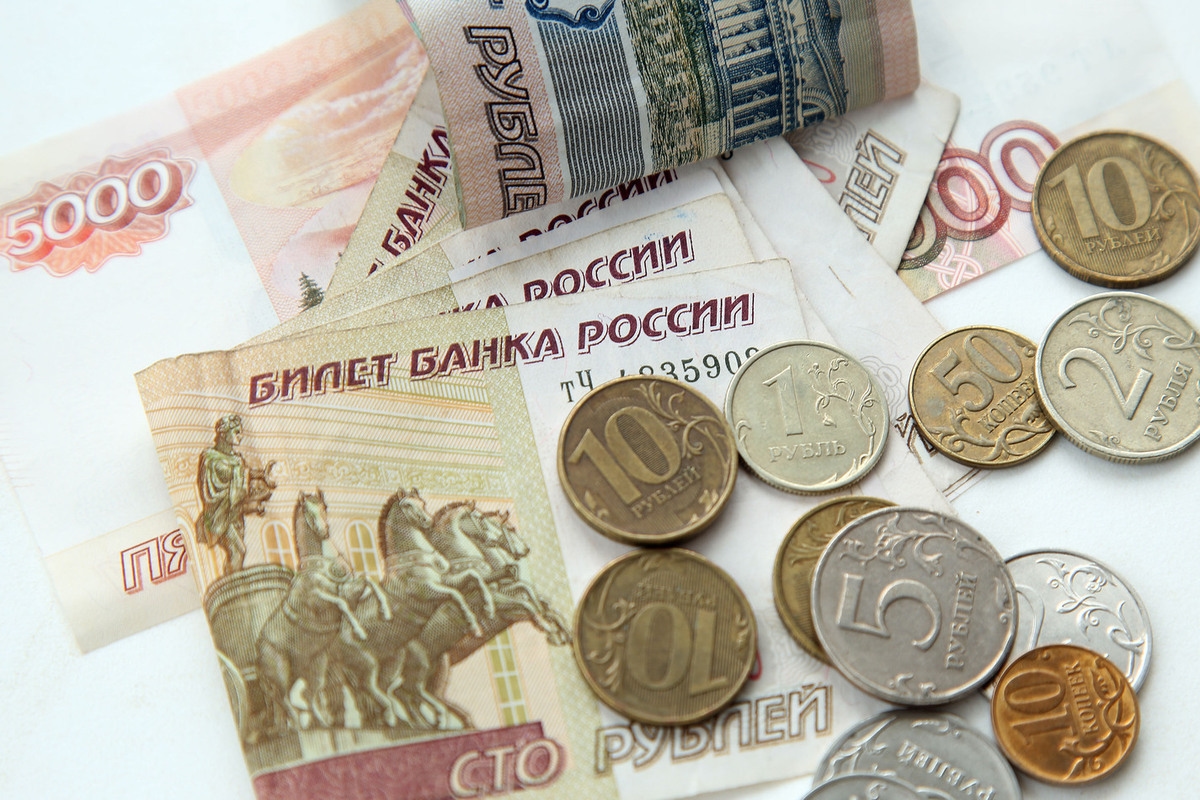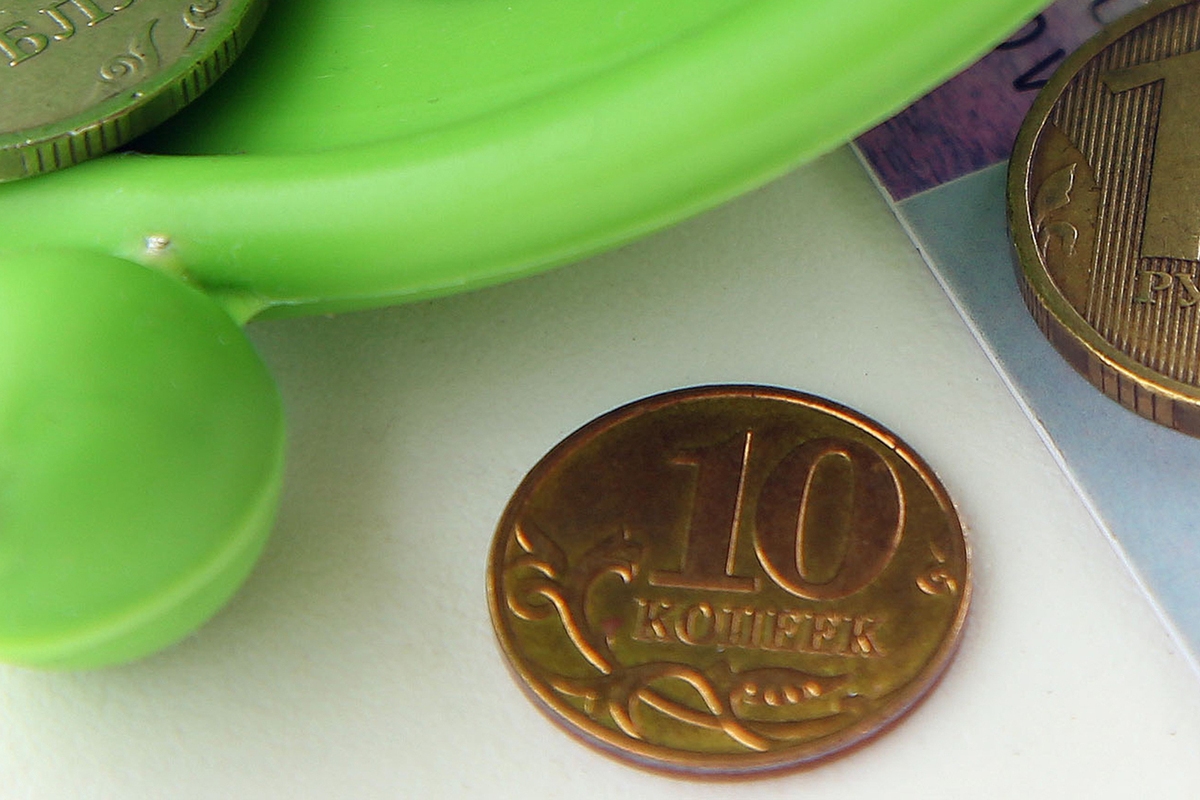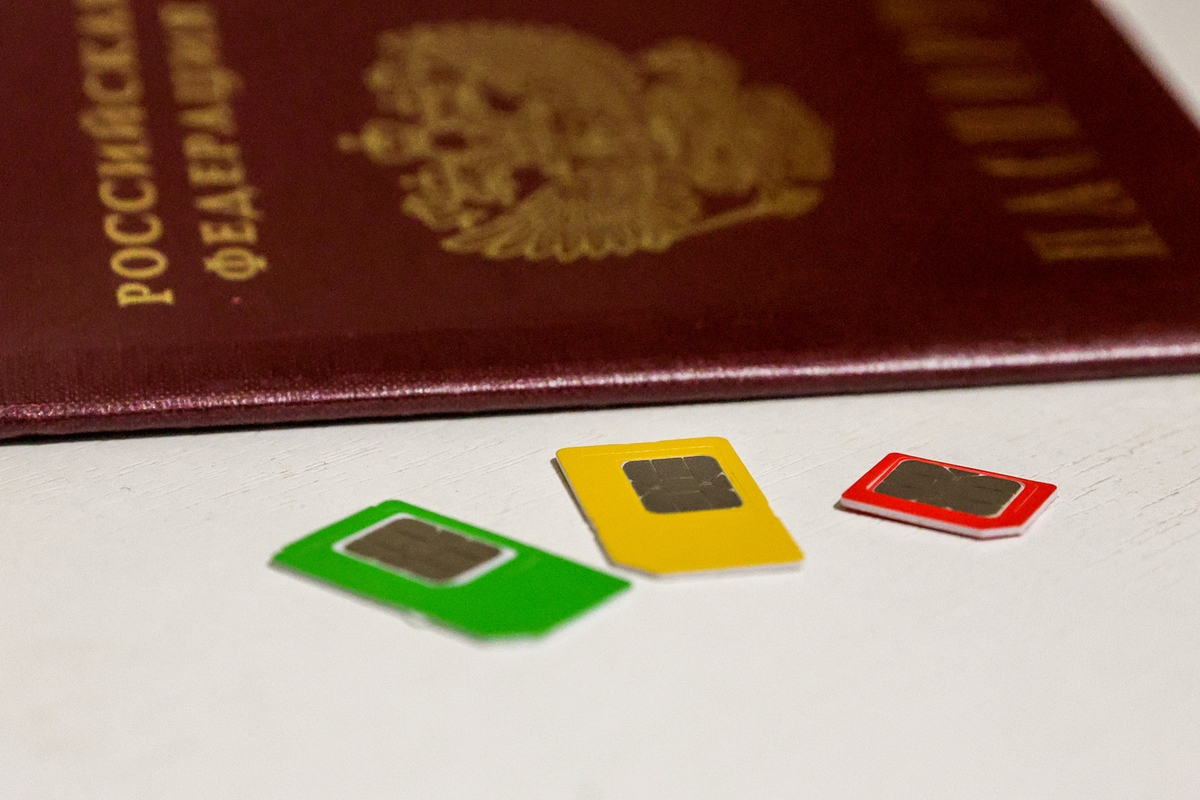Economist Nikolaev did not rule out a weakening of the ruble at the end of November.

In October, our national currency demonstrated enviable stability. After a one-time drop to 85.6 per dollar in September, the ruble regained its composure and began to strengthen. In October, the ruble's minimum value was 78.8, and its maximum was 83. What awaits the ruble in November? Experts are at a loss.
On the last day of October, the ruble unexpectedly weakened against major currencies. The dollar was trading at 80.50 rubles, up 1.03 from the previous day, while the euro gained 1.14. On November 1, at the Central Bank exchange rate, the dollar and euro appreciated again – by 47.2 and 0.01 kopecks, respectively.
According to Elvira Nabiullina, head of the regulator, there is no significant overstrengthening of the Russian currency. While it appreciated by 10% this year, it will depreciate by the same 10% in 2024. And if we look at the dynamics since 2022, the ruble has likely weakened by 20%—which is why there's no significant overstrengthening.
But what will November reveal on the currency market? The main intrigue this month is the new sanctions, which will be very sensitive for our economy. Everyone is waiting for Donald Trump's threats and the EU's 19th package to take effect. These are perhaps the most serious of all the previously imposed restrictions. The sanctions against our major oil companies are particularly painful. The main buyers – Chinese and Indian companies – suspended their operations even before they were imposed. And now they are awaiting clarification from their governments.
Against this backdrop, no one knows how the ruble will perform or what exchange rate it will achieve in the near future. According to Igor Nikolaev, chief researcher at the Institute of Economics of the Russian Academy of Sciences, the dollar exchange rate will fluctuate between 80 and 85 rubles throughout November.
"The situation is uncertain," he says, "and will likely remain so in November. The main uncertainty is geopolitics, so the ruble won't experience any sharp fluctuations in either direction."
Many analysts believe he's already adapted to external sanctions and is now reacting to them less sensitively. There have been so many of them already...
That's true, but on November 21st, US restrictions against two major Russian oil companies, which export up to 60% of Russia's oil, are set to take effect. Since these are significant restrictions, it will become clear how our national currency will perform. Until then, there will be relative calm. But the dollar is unlikely to fall below 80.
- Perhaps there are other factors at play?
The fundamental issue remains the state of the Russian economy. We shouldn't expect any dramatic changes here in November either. Economic growth is expected to be between 0% and 1%, which is more likely a sign of stagnation. There's no noticeable improvement or deterioration, and this status will remain in November. Even the Central Bank, which lowered its key rate by 0.5% in October, has indicated its intention to pause, take a look back, and take a break.
- Could any one-off factors arise?
- If you like, the recycling fee for cars is also up in the air; implementation of the measure has been postponed for a month.
- So, the current month won’t surprise Russians with anything?
"I must say that in itself, this is already not bad. And it's hard to surprise us with anything; we've been through this before. A weak ruble certainly benefits the budget. It means more ruble-denominated revenue comes from exports. The Ministry of Economic Development's September forecast was 92 rubles by the end of the year. However, that hasn't materialized yet. But amendments to the federal budget have been adopted, increasing the deficit to 5.7 trillion rubles. In fact, with the current exchange rate, it will exceed 6 trillion."
On the other hand, it's good for consumers. If the dollar were to strengthen, it would stimulate inflation. The fruit and vegetable factor has already played its role, with tomatoes and cucumbers starting to rise in price. This could prove inflationary in November, as vegetables are essential consumer goods. And if they've already started rising in November, it will be difficult to stop them in December.
mk.ru





